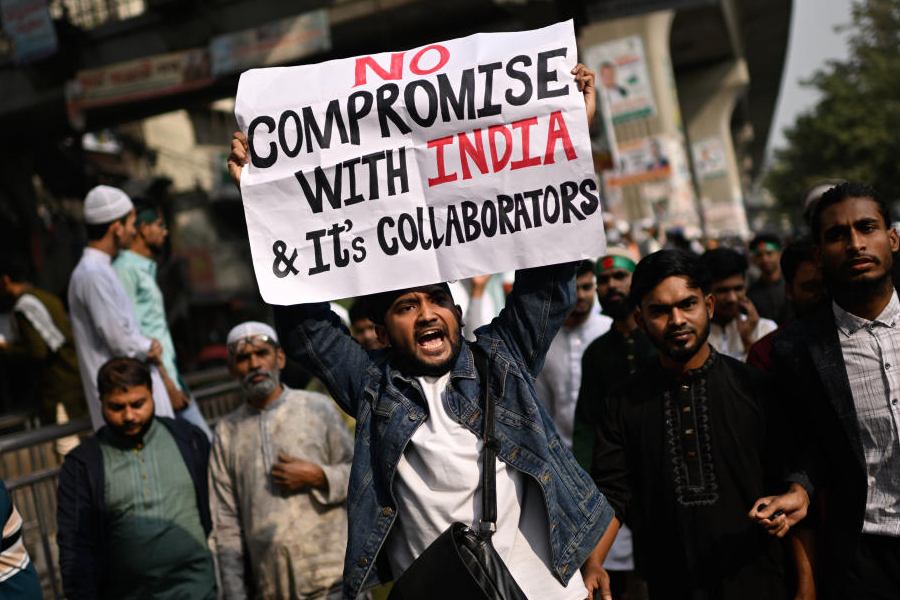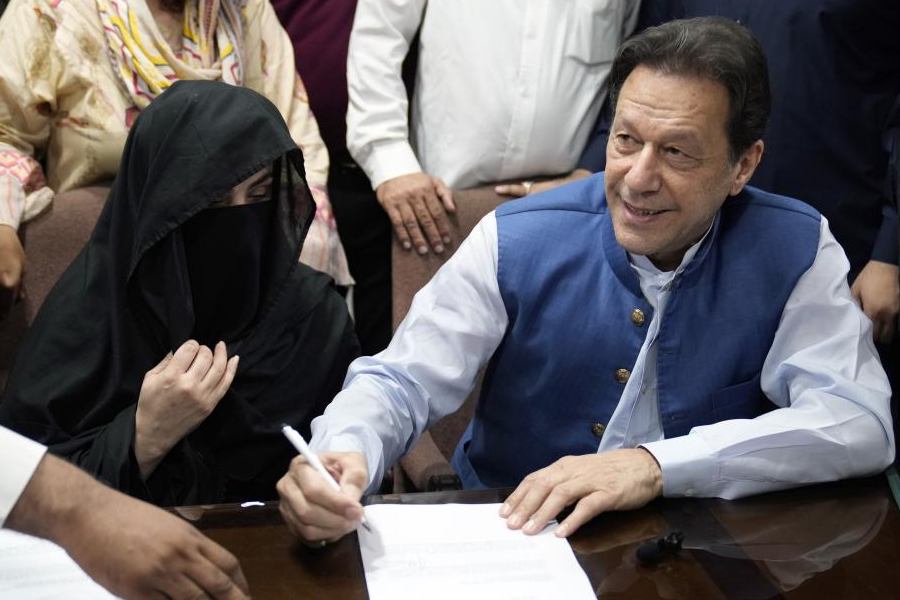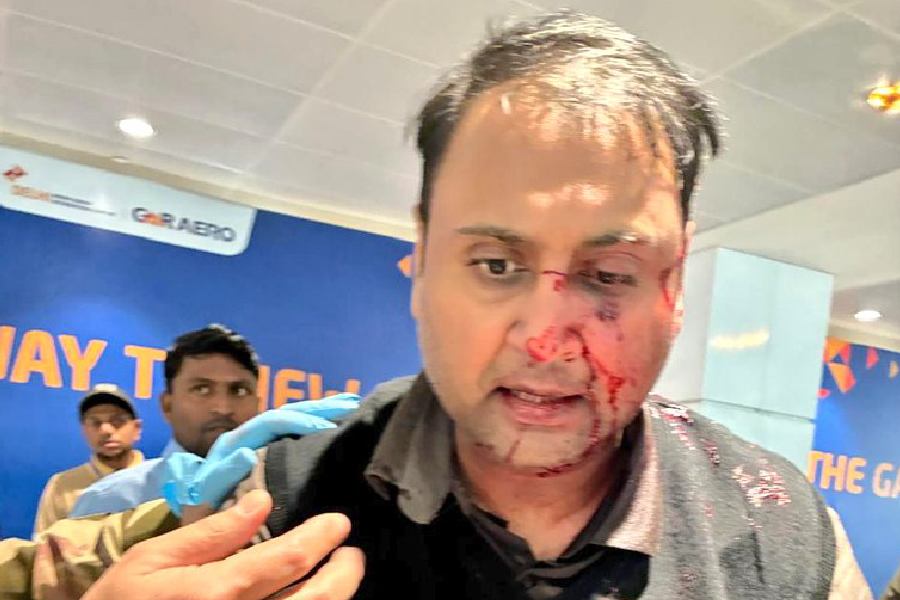Finance minister Arun Jaitley told the Lok Sabha on Monday that part of the RBI’s reserves can be used for bank recapitalisation or for poverty alleviation. The government also clarified that it did not want to dip into the RBI’s reserves to meet the government’s widening fiscal deficit for 2018-19.
He said the number of income-tax return filers have gone up from 3.8 crore during the UPA regime to 6.86 crore currently. When the NDA government completes its five year term in 2019, the number would double from 3.83 crore, he added. Replying to the debate on the government’s supplementary demand for grants, Jaitley said: “Does India need to have 27-28 per cent (as capital reserves for the RBI)... The money (excess reserves) can be used for recapitalisation of banks or for poverty alleviation measures.”
“This government’s fiscal deficit track record has been better than any other government in history. We do not need the RBI’s reserves for fiscal deficit,” the minister said.
The minister pointed out that the central banks of most of the countries kept a reserve of 8 per cent, while some conservative central banks maintain 14 per cent.
Jaitley’s comments come in the midst of a public spat between the RBI and the government, where the government has urged the central bank to “recaliberate” its capital requirements — a bureaucratic way of saying that it should draw down its reserves and give a bonus dividend to the government.
The RBI’s reserves have gone up to Rs 9.59 lakh crore on account of revaluation of its forex and bullion reserves because of a fall in the value of the rupee over the last few years. However, experts and the RBI have pointed out that this is largely because of the value of bullion going up and the rupee going down and may reverse if global money and bullion markets changed directions.
The RBI has also been arguing that it in any case requires to keep more money in its kitty compared with central banks of developed countries to handle any Wall Street-like crisis in Indian banking given its high level of bad loans, which have engulfed not only PSU banks but also large board-run non-banking financial institutions such as IL&FS.
Some 11 of 21 Indian state-run banks have been identified as “weak banks” whose bad loans percentage or capital adequacy were poor and on whom the RBI has imposed strict monitoring and curbs, including lending restrictions.
However, Jaitley on Monday argued in Parliament that the government's initiatives to tackle the bad loans crisis, including implementing the Insolvency and Bankruptcy Code (IBC), were bearing fruits and money stuck as non-performing assets was coming back into the banking system. The Lok Sabha on Monday passed Jaitley’s supplementary demands for grants which sought an additional Rs 85,948.86 crore that includes Rs 41,000 crore for the recapitalisation of state-run banks.











